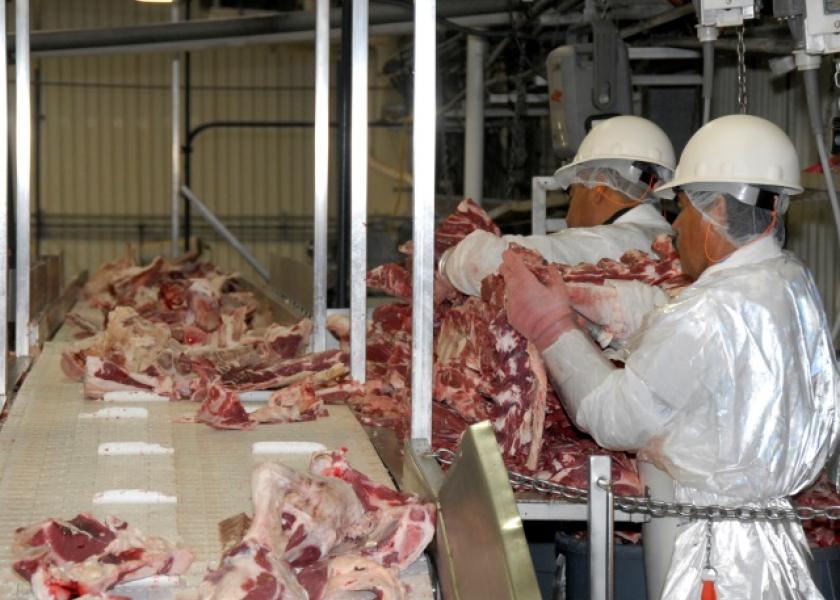Nalivka: Cattle Cycle Economics Versus Value-added Marketing

The beef and pork industries will see significant change over the next five years as U.S. and global consumer demand evolves. U.S. livestock numbers have been a driver in both industries for decades as those livestock numbers are a critical factor impacting margins across the entire supply chain. As we all know, when cattle numbers are sharply reduced, producer margins increase as feedlots and packers compete for feeder cattle or finished cattle to fill feedlot and packing plant capacity.
The same is true when pork packers compete for reduced market hog supplies. Those higher prices bolstered by under-utilized capacity leads to profits which in turn motivate producers to build herds. Herd building and subsequent increased cattle numbers to leads to lower prices, producer losses, and improved packer profitability as competition for plant capacity is reduced. And, the cattle or hog cycle repeats itself.
Tighter livestock numbers and resolving those numbers against demand, capacity, and costs of production is the driver to producer and feedlot margins. However, we have now added other variables to the profit equation including sharply higher costs of production with high costs for feed, labor, and interest costs. At the same time, and key to my argument for how the industry will evolve going forward, is the addition of value-added, further processing to plants and that further-processing component as an important profit center in the plant. This has been a distinct and important development over the last decade.
Further processing of value-added products for direct sale to end-user customers in both retail and foodservice is not only a profit center, it is THE profit center of the plant. This is simply sound business management. In addition to margin, products produced and sold directly to end-user customers reduces the risk and cost of moving combos of raw material from plant to plant, not the least of which is food safety. This is risk management.
So, how does all of this affect the industry going forward? I believe the packing industry will increasingly focus long-term, competitive margin decisions in the plant on the value-added, further-processing. This is the profit center and the question becomes, how do we align kill capacity and fabrication capacity with further processing to maximize plant margin? The answer may lie partly in permanently reducing total kill capacity at a given plant for permanent long-term alignment to further-processing capacity. As the U.S. red meat industry continues to evolve from many perspectives, this issue of capacity utilization and the tie to livestock cycles will also change.







